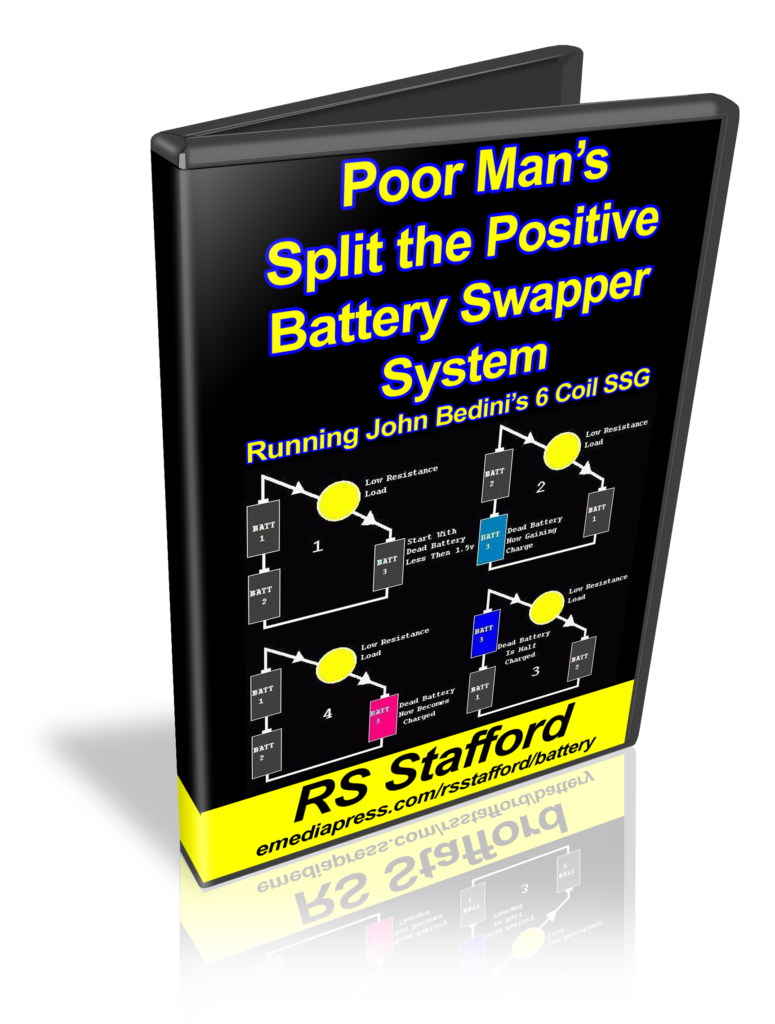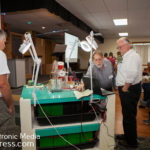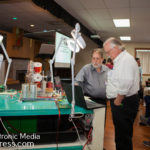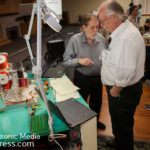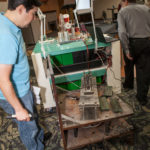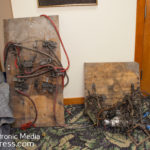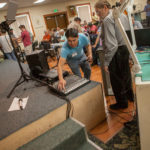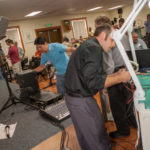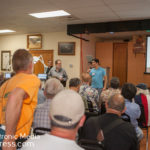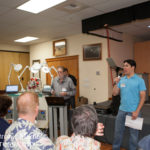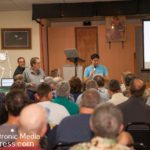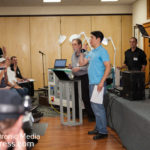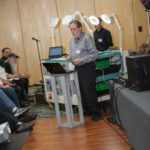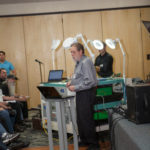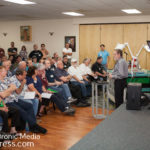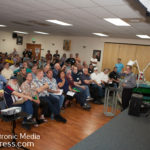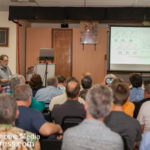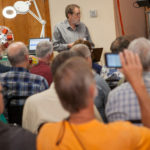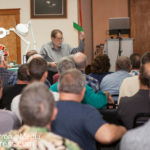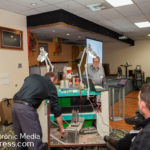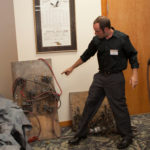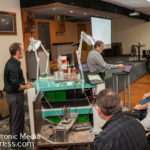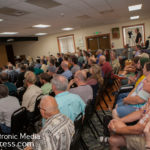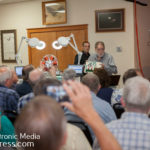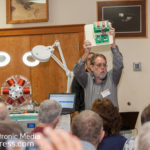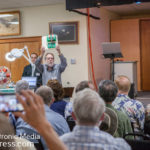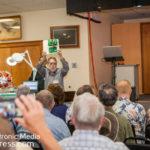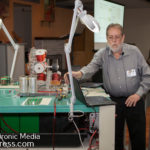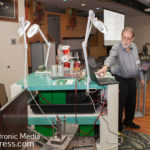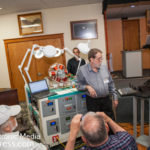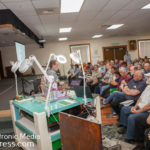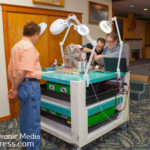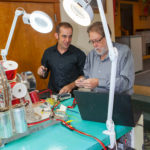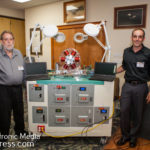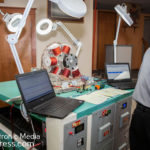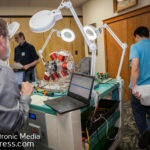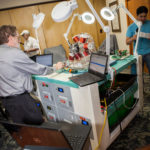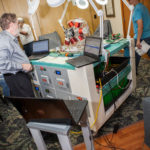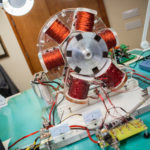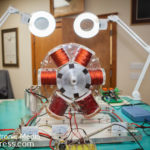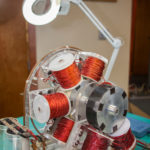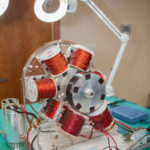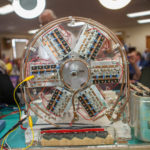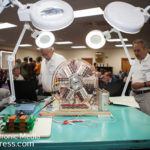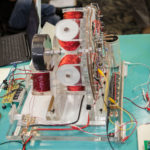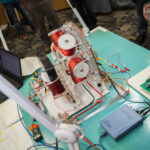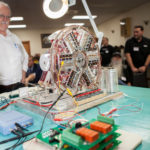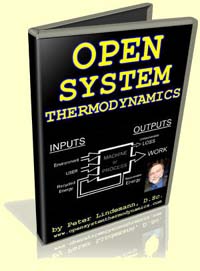Peter is one of a handful of friends and mentors that have been very instrumental in my own knowledge and understanding of this field and for about 7 years, we build A & P Electronic Media together, which many consider to be the most important and definitive library of material on free energy, which is explained by open system thermodynamics.
Please read Peter’s retirement announcement as this marks a turning point for all of us who have been following this field for years. Peter Lindemann is truly one of the last pioneers of the modern-day Tesla Science & Free Energy movement and we wish him well on his new path!
Dear Forum Participants,
This will be my last, planned post to this forum, or any other public forum. As of December 31, 2016, I am announcing my formal retirement from the field of “advanced alternative energy” research and any public role that I may have played over the last 20 years. After this date, I have no more plans to speak at any future conferences or publish any other books or lectures concerning this subject matter. My website at Free Energy will remain available as a teaching tool for the foreseeable future, but may not be up-dated very much from this point on.
In a few months, I’ll be 66 years old. I have been involved in this field for 43 years, ever since 1973, when I first learned of Ed Gray’s remarkable electric engine that kept its own batteries charged. In that time, I have had the astonishing privilege of studying under, becoming friends with, and making significant contributions to the work of five extraordinary gentlemen: Bruce E. DePalma, Robert G. Adams, Trevor James Constable, David R. Squires, and John C. Bedini.
Each of these men had a towering intellect and an insatiable drive to gift humanity with the fruit of their creative genius. Each of them succeeded because they were skilled experimentalists, honest critics of their own work, and because they were willing to publish significant portions of their scientific discoveries.
And now, each of them has departed this world. Their work here is over. Three of them died just this year. Starting in the 1980s, as a group, we set out to publish enough information about the “free energy” technologies to make sure they could never be suppressed again. At this point, I believe that goal has been accomplished, and therefore my public work in this field is done, as well. This process will continue in the able hands of the younger generation, and so I can bow out now without disturbing that progress.
People close to me know that I have been slowly moving in this direction for a number of years. John’s unexpected death last month gave me an opportunity to reassess my priorities and refocus my attention on other activities that are also very meaningful to me. So, starting in 2017, I plan to give my full attention to these other pursuits.
If you are reading this, Thank You for contributing to my life. If you were a Supporter, thank you for your support. I hope my work has encouraged your own efforts. If you were a Skeptic, thank you for your skepticism. I hope my efforts gave you fresh reasons to question your knowledge base, even as your skepticism gave me fresh reasons to re-examine mine. If you were a Naysayer, thank you for trying to “save me” from a fantasy you were sure I was trapped in. I appreciate your good will and noble intentions, even if I was not always polite about it!
Everyone of you has enriched my experience of being involved in this field in some way. But over the years, my motivations for staying involved have changed tremendously. In the last 43 years, I have experienced being the Novice, the Naysayer, the Skeptic, the Experimenter, the Student, the Discoverer, the Historian, the Author, the Educator, and the Expert! I actually didn’t try to BE any of these things. I just wanted to know the Truth about certain anomalous inventions, and in general, about all the different ways Nature is willing to provide useful energy. So, no matter where you are on this path, I was right where you are now at some point in my evolution.
What I discovered is that Truth is only found in Philosophy and Religion, but NOT in Science. In Science, all we can find are the FACTS, and how those facts have been INTERPRETED and REPORTED throughout history!
Correctly used, Science is a “formal method on inquiry.” Science is not an “intellectual model of reality” or even a “world view.” Attempting to make it function that way is like using “science” as a pair of sunglasses, which can only limit the number of frequencies of reality presented for you to see. Never get trapped in that imaginary place where you believe that “science” can describe all valuable experiences. It cannot weigh or measure by any known metric the importance of your Mother’s Love or the power that can be unleashed by generosity or kindness. Science has a proper place in society, but its role for the real benefit of the Scientist is quite limited. Here, Philosophy is more important.
This is why, up until about 125 years ago, becoming a Natural Philosopher was the highest possible attainment in the field of science. “Physics” started as the study of the physical world, and that was the study of the behavior of Nature. Imitating Nature allowed technology to develop. Understanding WHAT nature was doing, and HOW to mimic that action with “man-made” means, was the beginning of Invention. Ultimately, this lead to a deeper study of WHY Nature did what it did, and this inquiry developed into a Philosophical observation and contemplation of the behavior of the Natural World.
To be a Natural Philosopher was to recognize one’s own embeddedness in the Natural World one was studying, and to participate with the higher Philosophy of Nature as a guide to one’s own behavior and discovery process. This understanding of the origin of discovery is why John and I would always say “the machine is the teacher.” This whole “natural educational process” has been replaced with University Degrees and a “Theoretical Physics” that has become divorced from the need to run a “reality check” on itself. This has left today’s science as an empty shell of what it used to be and what it must once again become in a more enlightened future. Today’s society uses science to serve people up as a commodity in the economy to be exploited, whereas some future society will use science to serve human need and free people’s time for more creative pursuits.
Philosophically, this is what I found. The facts of science are on your WORK BENCH. Your interpretations of these facts are in your MIND, characterized by the accuracy of your observations and by the imperfections in your mental model of reality. The reports of your interpretations are in these FORUMS and other records, a full two steps removed from the facts. This is why if you don’t build and run the experiment yourself, you are left with believing someone else’s interpretations and you cut yourself off from the opportunity to pick up on the trail of discovery left by earlier experimenters. As long as you discipline yourself to never confuse these things, the one from the other, you have begun your own genuine discovery process.
In the end, you must believe in yourself and you must earn your own deepest self-respect through honesty, integrity, and clarity. These aspects are not a part of Science, but they must become a part of each Scientist who aspires to do Science well. If you do this, if you let life integrate you at the core of your being, you will discover your way of finding everything you will ever look for.
I believe in you. Thank you for carrying on where I now leave off.
Farewell,
Peter
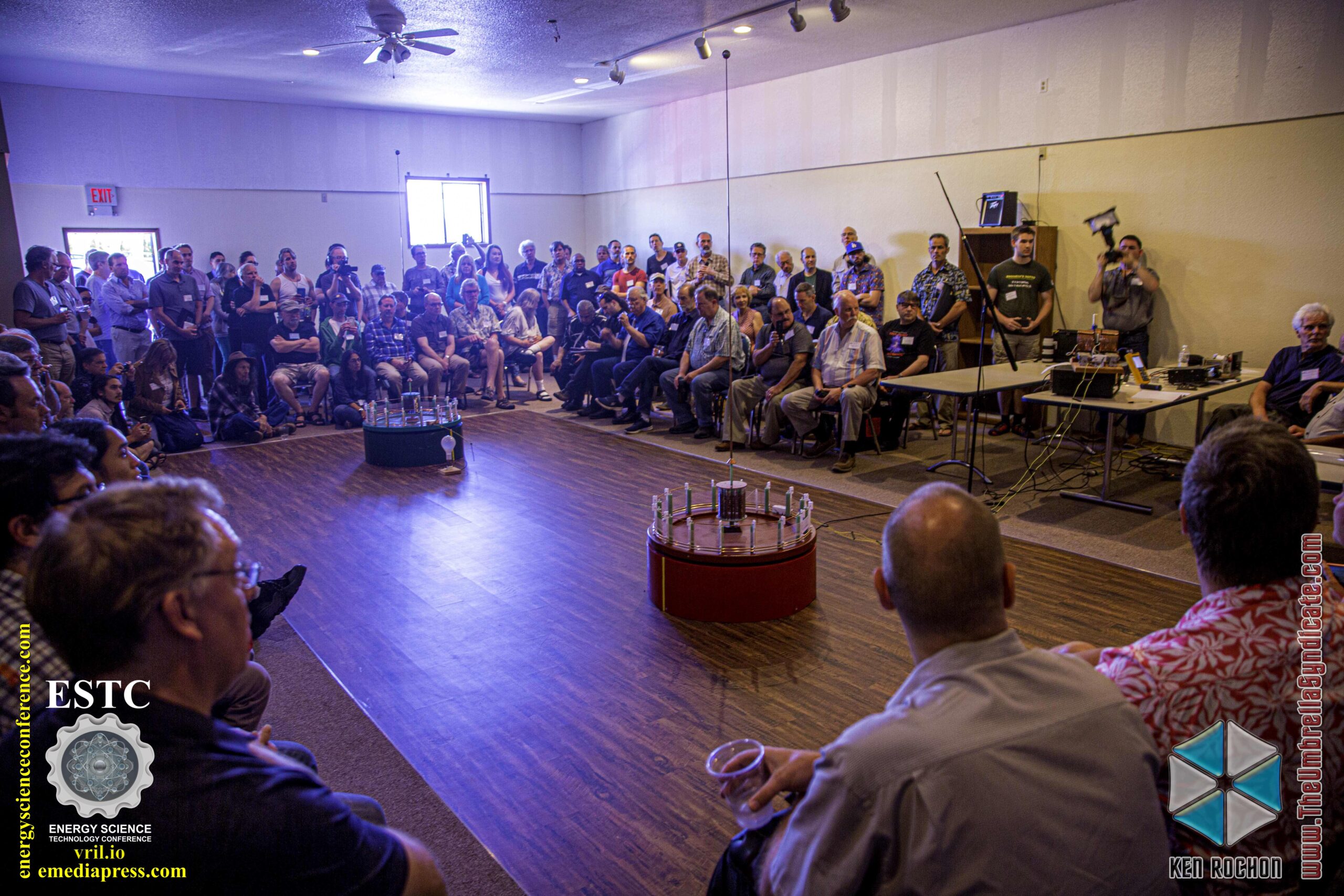

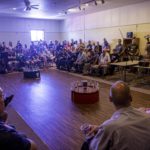

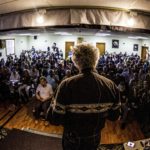

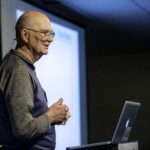
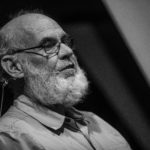
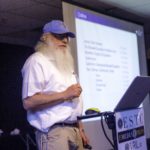
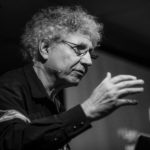
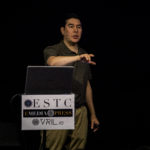


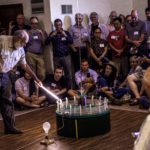
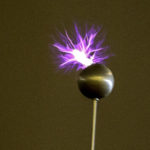
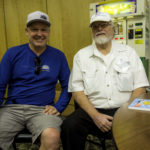

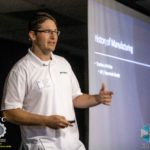
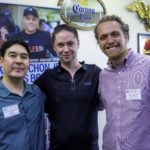
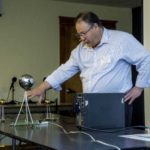

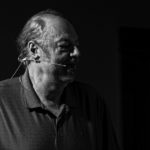
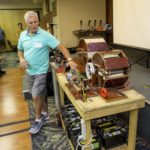

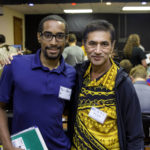
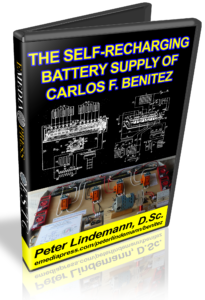
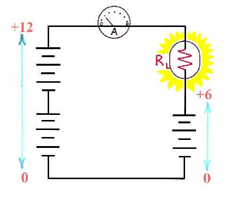 By this time, the Laws of Thermodynamics had become widely taught, and so most electrical engineers did not take these claims seriously. Even today, 99% of scientists and engineers believe this is impossible, under any circumstances.
By this time, the Laws of Thermodynamics had become widely taught, and so most electrical engineers did not take these claims seriously. Even today, 99% of scientists and engineers believe this is impossible, under any circumstances. 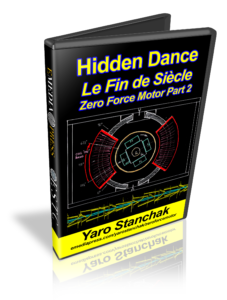
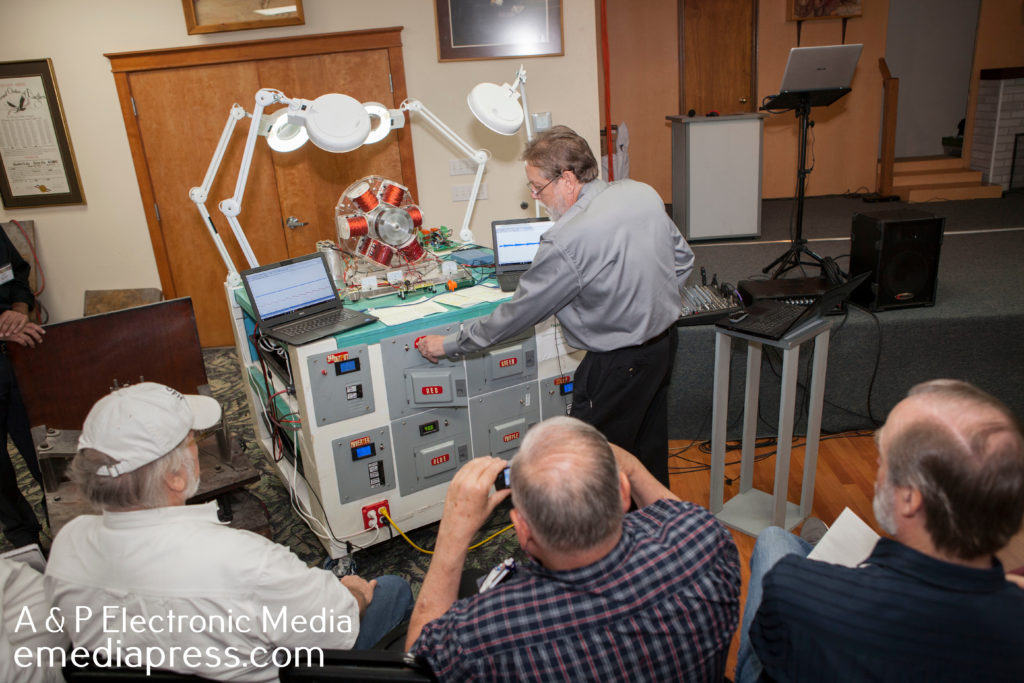
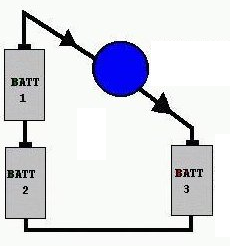 Let me explain the Split the Positive concept… lf I were to ask someone – even someone with a background in electronics or electricity if a light bulb would light up if it were placed between the positives of the batteries as shown to the left, they would say no.
Let me explain the Split the Positive concept… lf I were to ask someone – even someone with a background in electronics or electricity if a light bulb would light up if it were placed between the positives of the batteries as shown to the left, they would say no. 